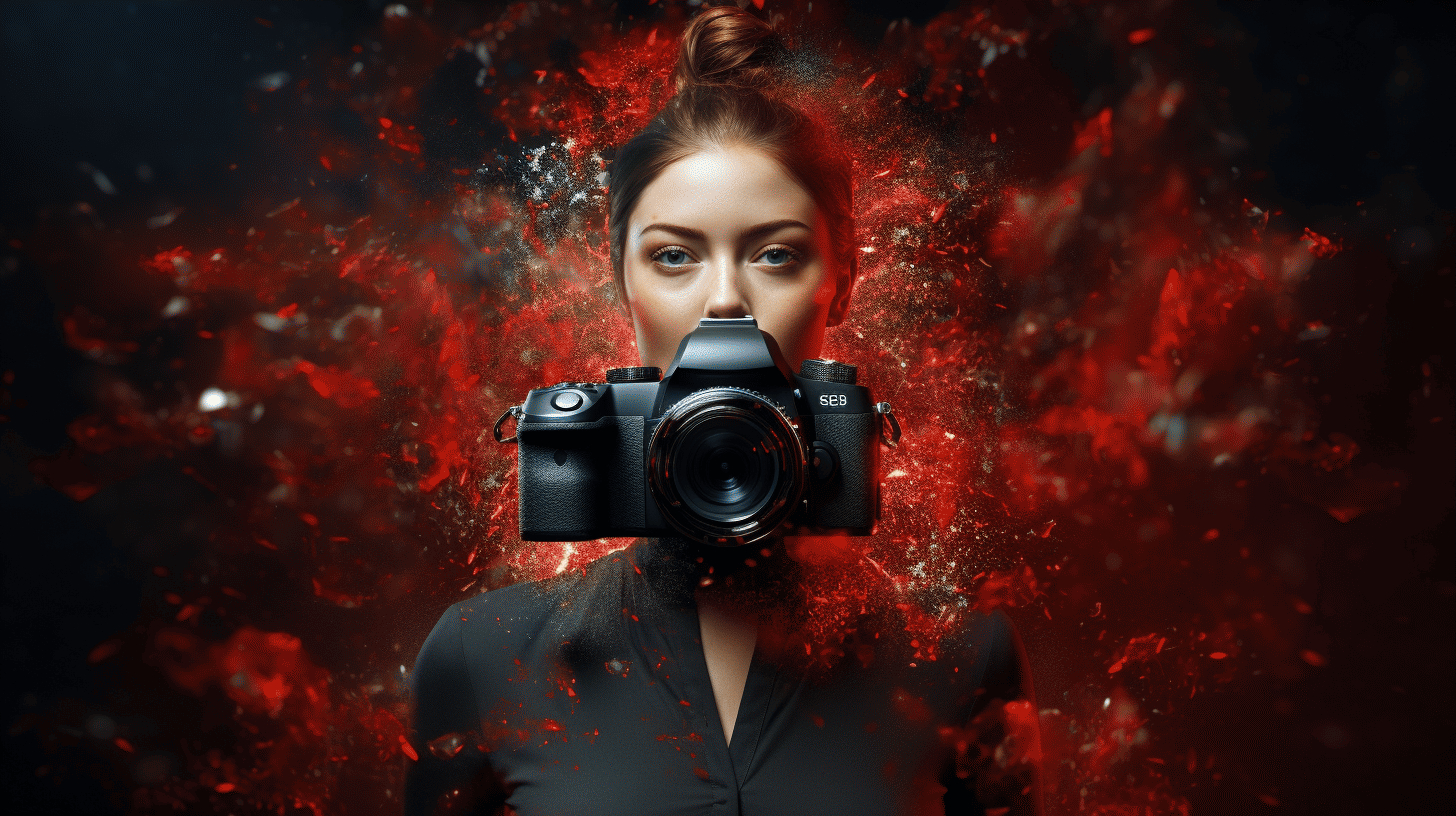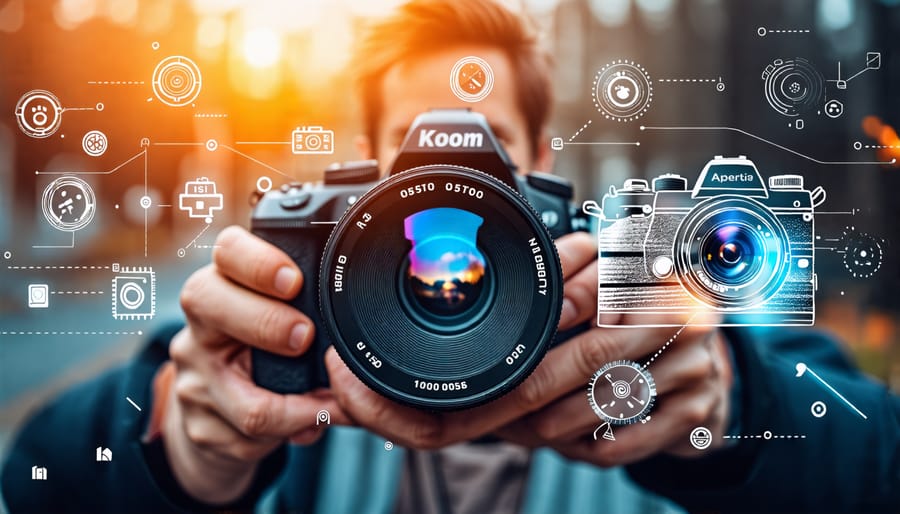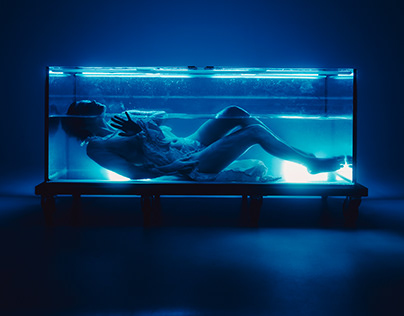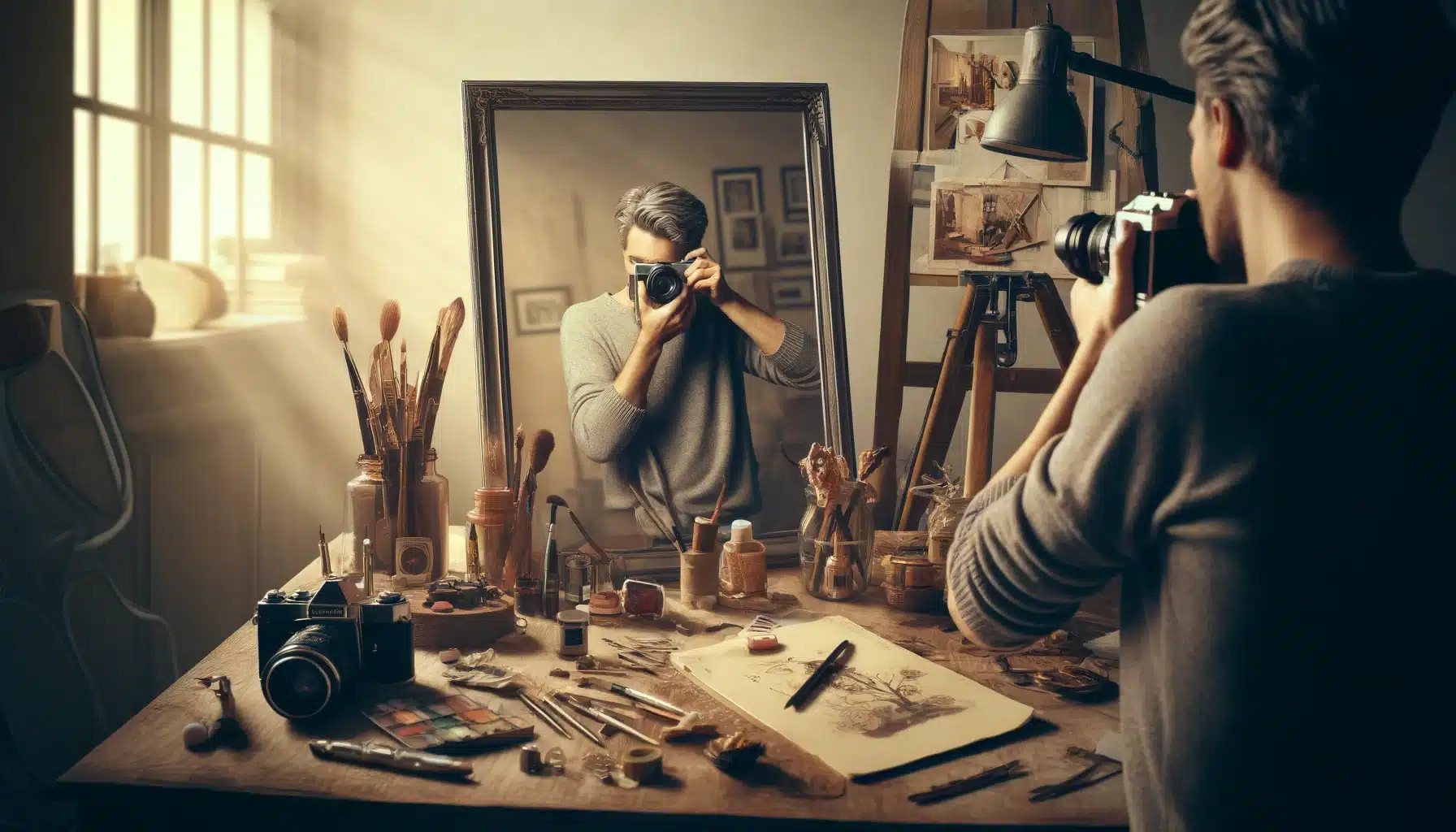Mastering the Lens: Modern Photography Techniques and Revolutionary Trends

8-12-2024, 14:55 Admin 5 324 0
As we delve into the seventh installation of our highly informative series, we’re going to dissect new aspects of modern photography techniques and trends, proving that learning is an endless cycle in this dynamically evolving art form. Today, we’ll be going through compelling modern-day photography styles and cutting-edge technologies reshaping the landscape of picture capturing.
Traditionally, photographers lugged around heavy equipment to capture life's best moments. Today, thanks to advancements in miniaturized technology, increasingly high-quality photos can be shot from the device in your pocket. One of the most prominent examples of this shift is smartphone photography. Smartphone cameras are becoming increasingly sophisticated, carrying multiple camera lenses, advanced sensors, and intuitive software improvements. They can capture images almost as intricate and detailed as those taken using professional DSLR cameras. Some modern smartphone cameras can mimic the Bokeh effect, allowing us to focus on the subject and blur everything else in the background, typically only achievable using high-end cameras with sophisticated lenses.
Thanks to AI technology like Google's computational photography, smartphones can now produce computational raw images. Computational raw is a merged image that combines multiple images, creating a photo with improved detail, dynamic range, and less noise. Machine learning techniques help spot and correct issues such as motion blur, enabling crisp and clear photography even in challenging environments.
Another frontier making waves in the photography scene is High Dynamic Range (HDR) imaging. HDR combines images shot at various exposures into a single image that displays more detail in the shadows and bright areas than traditional techniques allow. This technique brings out an image's depth, making it more engaging and lifelike.
Virtual Reality Photography is another trailblazing trend. It allows photo enthusiasts to capture and share immersive, 360-degree photos. Instead of focusing on a single frame, VR photography encourages the viewer to explore a fully immersive photo-sphere, making the viewer feel they are actually in the scene.
Now, let’s touch upon an unexpected insurgence - Drone Photography. Drone technology makes it possible to take shots from positions and angles not available through conventional means. From breathtaking aerial views to utilizing pre-programmed paths for stable panoramic images, drones have enriched the field of photography in a monumental way.
Adapting to these new techniques is more accessible than ever, thanks to abundant online resources. From YouTube channels like 'PhotoRec TV' to online courses on Udemy and Masterclass, knowledge is just a few clicks away.
Summarily, as we strive to master the lens, swimming along the technology wave is a necessity. The modern photographer is expected to harness innovative techniques and revolutionary trends—doing so can expose profound beauty in places we least expect, crafting pieces that aren't just visually appealing but start a conversation on their own.
Traditionally, photographers lugged around heavy equipment to capture life's best moments. Today, thanks to advancements in miniaturized technology, increasingly high-quality photos can be shot from the device in your pocket. One of the most prominent examples of this shift is smartphone photography. Smartphone cameras are becoming increasingly sophisticated, carrying multiple camera lenses, advanced sensors, and intuitive software improvements. They can capture images almost as intricate and detailed as those taken using professional DSLR cameras. Some modern smartphone cameras can mimic the Bokeh effect, allowing us to focus on the subject and blur everything else in the background, typically only achievable using high-end cameras with sophisticated lenses.
Thanks to AI technology like Google's computational photography, smartphones can now produce computational raw images. Computational raw is a merged image that combines multiple images, creating a photo with improved detail, dynamic range, and less noise. Machine learning techniques help spot and correct issues such as motion blur, enabling crisp and clear photography even in challenging environments.
Another frontier making waves in the photography scene is High Dynamic Range (HDR) imaging. HDR combines images shot at various exposures into a single image that displays more detail in the shadows and bright areas than traditional techniques allow. This technique brings out an image's depth, making it more engaging and lifelike.
Virtual Reality Photography is another trailblazing trend. It allows photo enthusiasts to capture and share immersive, 360-degree photos. Instead of focusing on a single frame, VR photography encourages the viewer to explore a fully immersive photo-sphere, making the viewer feel they are actually in the scene.
Now, let’s touch upon an unexpected insurgence - Drone Photography. Drone technology makes it possible to take shots from positions and angles not available through conventional means. From breathtaking aerial views to utilizing pre-programmed paths for stable panoramic images, drones have enriched the field of photography in a monumental way.
Adapting to these new techniques is more accessible than ever, thanks to abundant online resources. From YouTube channels like 'PhotoRec TV' to online courses on Udemy and Masterclass, knowledge is just a few clicks away.
Summarily, as we strive to master the lens, swimming along the technology wave is a necessity. The modern photographer is expected to harness innovative techniques and revolutionary trends—doing so can expose profound beauty in places we least expect, crafting pieces that aren't just visually appealing but start a conversation on their own.
Related News
Leave a Comment


